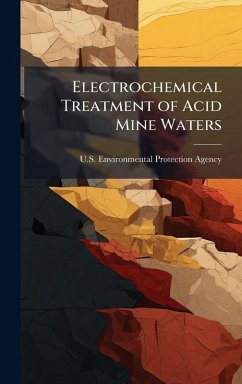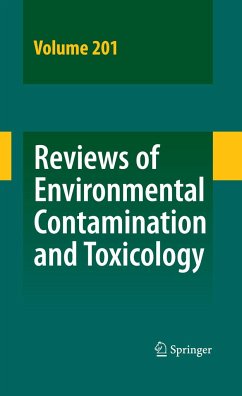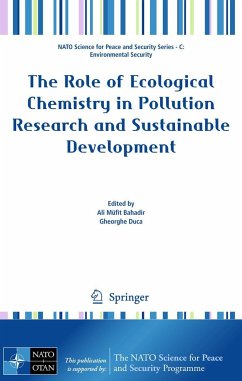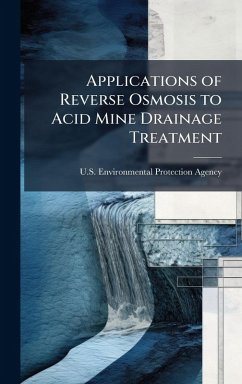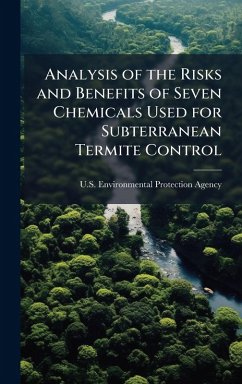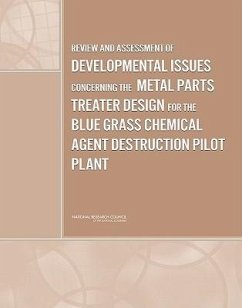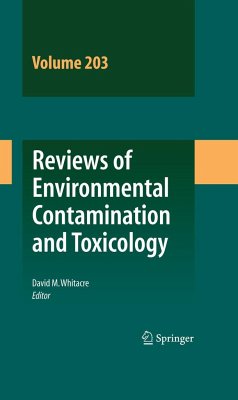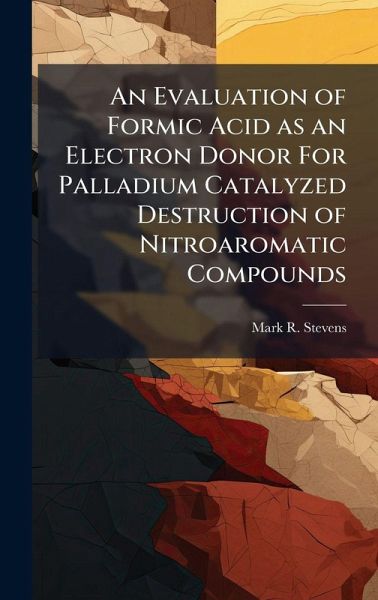
An Evaluation of Formic Acid as an Electron Donor For Palladium Catalyzed Destruction of Nitroaromatic Compounds
Versandkostenfrei!
Versandfertig in über 4 Wochen
29,99 €
inkl. MwSt.
Weitere Ausgaben:

PAYBACK Punkte
15 °P sammeln!
The Department of Defense is responsible for over 2,000 hazardous waste sites containing nitroaromatic compounds (NACs) such as 2,4,6-TNT, 2,4- and 2,6-DNT that resulted from the production and use of munitions throughout the nation and world. NACs are typically persistent in natural environments, though they can be oxidized or reduced under engineered conditions. NACs and their reduction products are toxic chemicals and suspected human carcinogens. Both TNT and 2,4-DNT are listed as priority pollutants by the U.S. EPA. This study investigates the effectiveness of using a palladium (Pd) cataly...
The Department of Defense is responsible for over 2,000 hazardous waste sites containing nitroaromatic compounds (NACs) such as 2,4,6-TNT, 2,4- and 2,6-DNT that resulted from the production and use of munitions throughout the nation and world. NACs are typically persistent in natural environments, though they can be oxidized or reduced under engineered conditions. NACs and their reduction products are toxic chemicals and suspected human carcinogens. Both TNT and 2,4-DNT are listed as priority pollutants by the U.S. EPA. This study investigates the effectiveness of using a palladium (Pd) catalyst in concert with formic acid as an electron donor to reduce NACs. If the reduction reaction is rapid and complete, without producing hazardous daughter products, the process may have application as an in situ treatment technology to remediate NAC-contaminated groundwater. In this study, formic acid was added into NAC-contaminated water flowing through a laboratory column filled with Pd catalyst. Experimental results using 2,4-DNT as a model NAC indicate reduction rates are dependent on pH, formic acid concentrations, and NAC concentrations. This work has been selected by scholars as being culturally important, and is part of the knowledge base of civilization as we know it. This work was reproduced from the original artifact, and remains as true to the original work as possible. Therefore, you will see the original copyright references, library stamps (as most of these works have been housed in our most important libraries around the world), and other notations in the work. This work is in the public domain in the United States of America, and possibly other nations. Within the United States, you may freely copy and distribute this work, as no entity (individual or corporate) has a copyright on the body of the work. As a reproduction of a historical artifact, this work may contain missing or blurred pages, poor pictures, errant marks, etc. Scholars believe, and we concur, that this work is important enough to be preserved, reproduced, and made generally available to the public. We appreciate your support of the preservation process, and thank you for being an important part of keeping this knowledge alive and relevant.



